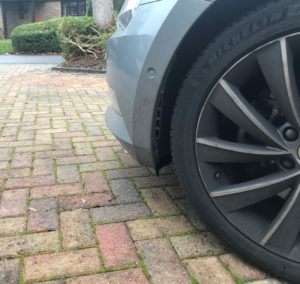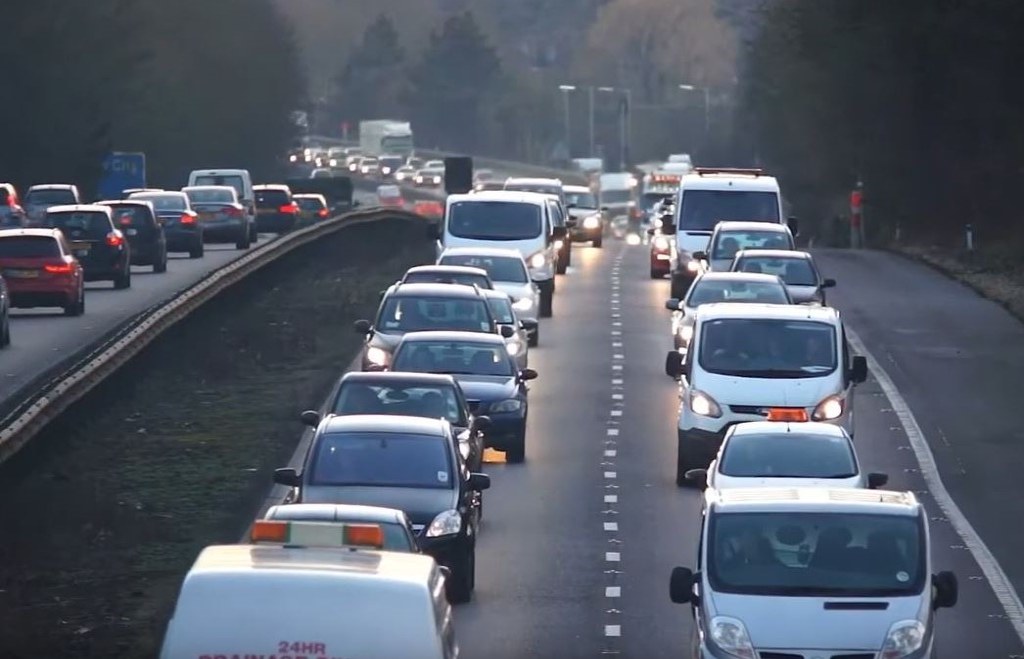Each year across Europe, there are around 400,000 premature adult deaths that are attributable to air pollution. Road transport emissions account for a significant share of this burden. European emissions standards continue to pressure manufacturers to reduce vehicle exhaust emissions. With new light commercial vehicles (LCVs) emitting smaller amounts of toxic particulate matter (PM) than ever before, targets are shifting to ambient Non-Exhaust Emissions (NEE).
These non-exhaust sources contribute easily as much and often more than the tailpipe exhaust to the ambient air PM concentrations in cities, and their relative contribution to ambient PM is destined to increase in the future with increasing alternative fuelled vehicles, posing obvious policy challenges for the UK government.
While emissions control regulation has led to a substantial reduction in exhaust emissions from road traffic, currently NEE from road vehicles continue unabated. These include particles from brake wear, tyre wear, road surface abrasion and resuspension in the wake of passing traffic. Also adding to road traffic PM in the atmosphere is the corrosion of vehicle components as well as crash barriers and street furniture.
Quantifying the magnitude of such emissions is problematic both in the laboratory and the field with the latter depending heavily upon a knowledge of the physical and chemical properties of non-exhaust particles. However, studies show that rapid vehicle deceleration creates large amounts of PM caused by wear to the brake linings and discs.
Likewise, emissions of PM from tyre wear increases with vehicle speed, incorrect tyre pressure and low air temperatures as the tyre rubber is less elastic. Overtime during all driving cycles, tiny particles are shed as the tyre wears. The composition of the emitted PM from modern tyres is a complex blend of mostly synthetic materials and other chemical additives that add strength, colour and weatherproofing to the tyre. Modern tyres are not biodegradable and are a significant contributor to micro-plastic pollution. Incidentally, many of the chemicals used to manufacture tyres can cause environmental impacts on their own and pose risks to human health.
Some estimates suggest current exhaust emissions and NEE contribute almost equally to total traffic-related PM emissions. However, there is no legislation in place to regulate or lower NEE ambient levels at present.

Mitigation strategies for NEE
The most effective mitigation strategies to reduce NEE are as follows:
- Reduce traffic volume
- Where traffic is free-flowing reduce speed limits (e.g. motorways)
- Promote driving behaviour that reduces braking and higher-speed cornering
- Reducing the material tracked onto public road surfaces by vehicle movements in and out of construction, waste-management and similar sites
The transition to LCV electric vehicles (EV) is still in its infancy, but with major fleets like British Gas (1,000 units) and Northgate (250 units) already investing in sustainable greener LCVs, the appetite is growing. Although heavier, these vehicles should decrease PM from the brake linings and discs through the use of regenerative braking. As these vehicles rely less on frictional braking they should have lower brake wear emissions.
However, tyre and road wear emissions increase with vehicle mass. This has implications for vehicles with heavier powertrains (e.g. additional battery mass) than the equivalent internal-combustion-engine (ICE) vehicles. The net balance between reductions in brake wear emissions and potential increases in tyre and road wear emissions for vehicles with regenerative braking remains unquantified and will depend upon road type and the driving mode, as both influence the balance between the different sources of emissions.
Low rolling resistance tyres are helping slow the wear and decay of tyres during the life of the vehicle, but end-of-life recycling is not a straight forward process due to toxic materials used in tyre manufacturing. Today, tyres cannot be sent to landfill due to the chemicals that they contain. Tyres must be granulated and are now used as the base material for a wealth of different products such as:
- Roof tiles
- Carpet underlays
- Running tracks
- Artificial football pitches (rubber crumb)
- Drainage systems
- Road resurfacing
In the manufacturing process for brake pads, the copper content can be reduced, alternative components can be replaced for more environmentally friendly alternatives and carcinogenic material such as asbestos can be removed in favour of banana peel waste. With these changes, results show a significant reduction in fine particle emissions, whilst stopping power improves 17% and the brakes are quieter. Nevertheless, these brake pads are not in widespread use.
However, until the adoption of new environmentally friendly components, reducing the levels of NEE will be difficult. The latest ruling to support the UK’s Government Road to Zero strategy has brought forward the end of the sale of new ICE cars and LCVs to 2030. This will put further pressure on manufacturers to ramp up the development of EVs. However, the maintenance of current production processes and parts for EVs will mean that we will continue to emit high levels of NEE.
On a side note, the UK Government Air Quality Expert Group (AQEG) reported last year that it recommends with immediate effect that NEE are recognised as a source of ambient concentrations of airborne PM even for EVs. This should start to influence the parts chosen to equip new EVs as manufacturers become pressured to reduce NEE from their vehicles.


 Close
Close